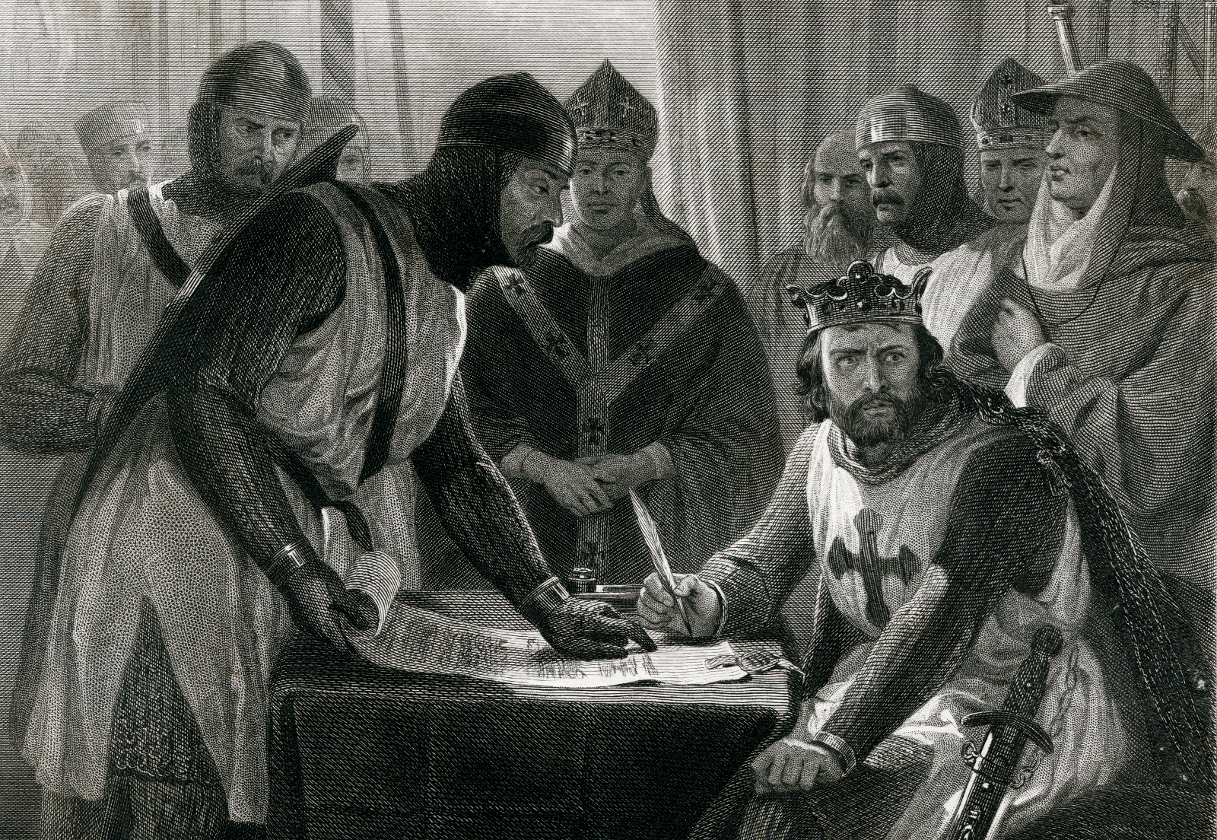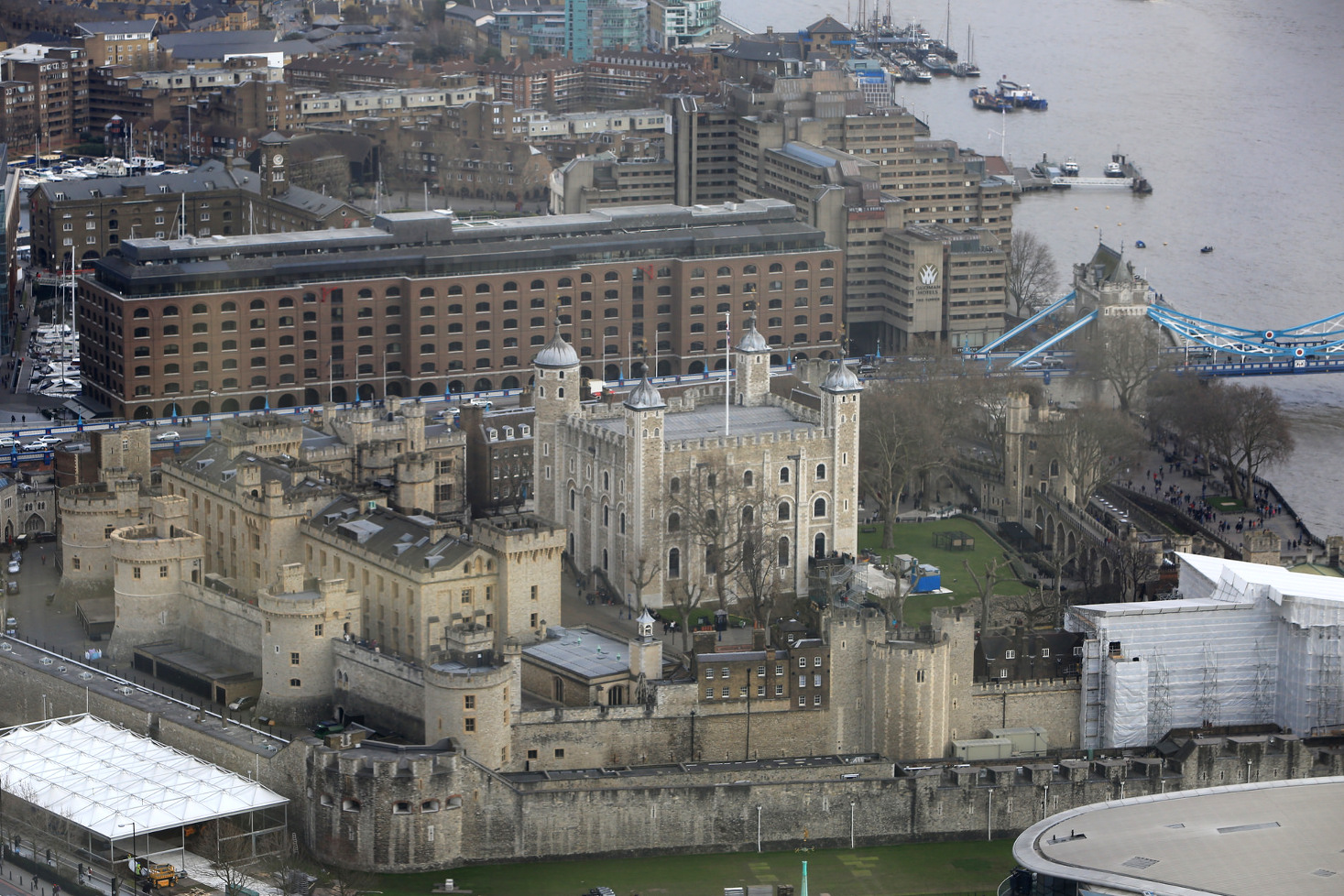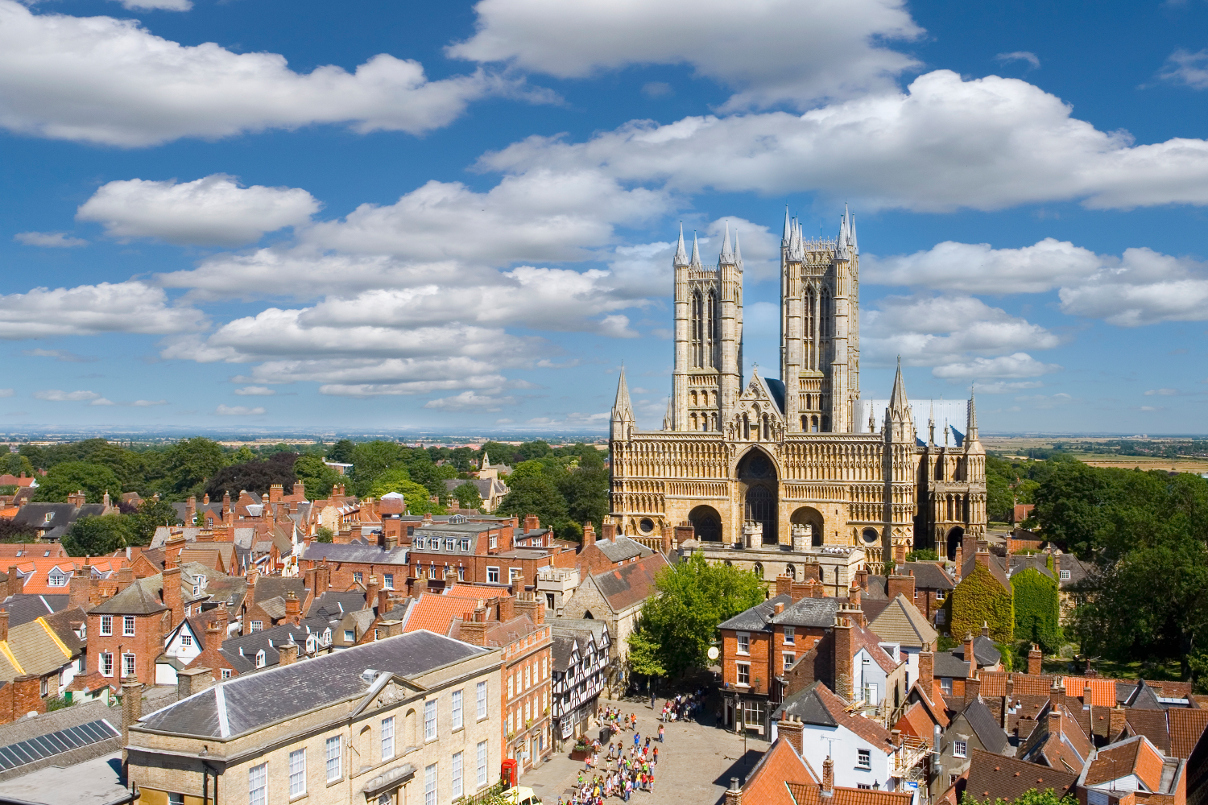On its 800th anniversary, you can explore Magna Carta’s turbulent history and profound legacy in the castles, fields and museums of England.

Magna Carta , a smart, comfortable modern hotel that backs onto the Thames.
London played a vital strategic role in the conflict that led to the Magna Carta – had it not sided with the barons, John would almost certainly not have agreed to negotiate. Two of the four surviving copies of the 2015 Magna Carta can be found at London’s British Library alongside a host of other documents , runs until September 2015.

Numerous other London sights have connections to the era, including the Tower of London. John besieged the tower during his the reign of his predecessor, King Richard, and often stayed here: it’s believed he was the first king to introduce lions and other exotic beasts to its menagerie. The British Museum’s Medieval Europe gallery gives a vivid sense of the period, and you’ll almost certainly get sidetracked by the museum’s world class collection of artefacts from across the world. London is packed with places to stay and eat.
The attractive, hill-top Midlands city of Lincoln is home to another of the four surviving copies of the Magna Carta, housed in a state-of-the-art vault in Lincoln Castle. It’s a fine place to get a sense of medieval history: as well as looking at the parchment and accompanying exhibition, you can roam the imposing castle walls and explore Lincoln Cathedral. Once the tallest building in the world (when its towers were topped by great spires that dwarfed the Great Pyramid of Giza), this soaring cathedral is home to plenty of fun little touches — the legendary Lincoln Imp squats on a wall inside, while a modern caricature of a banker sits alongside ancient gargoyles outside, on the southern wall.

Roman remains and Tudor houses sit side-by-side in the historic town, and views stretch out over the green plains of a region that was central to King John’s reign.
The sealing of Magna Carta did not end the story: John had always resented its controls on his power, and rejected the charter just a few weeks after Runnymede. Hostilities resumed, and the campaigning king died in 1216, allegedly after eating poisoned plums (most modern historians agree that he died of dysentery). Lincoln was then the scene for one of the bloodiest battles of the war, when the barons and their French allies were crushed by the forces of John's nine-year-old son Henry III. England’s instability ensured Magna Carta’s significance: shortly after his coronation, the boy-king issued a revised version to gain favour with his subjects, putting Magna Carta at the heart of the country’s politics.
Lincoln also has links to World War II (when it was known as ‘Bomber County’), and airfields and museums offer tangible reminders of the past. The boutique Castle Hotel is an appealing place to stay in town. Lincoln can be accessed by bus or train – nearby Newark North Gate is on the East Coast line, which runs between London and Scotland.
With a glorious 13th century cathedral, a set of historic buildings and Stonehenge almost on its doorstep, Salisbury is steeped in history. Its copy of Magna Carta is stored in Salisbury Cathedral, but it hasn’t always been there: it was originally brought back to the cathedral at Old Sarum, just outside modern Salisbury. Thanks partly to political reasons, Old Sarum’s cathedral was dismantled in 1219, and its stones used to rebuild Salisbury Cathedral. Sarum faded, becoming a ‘Rotten Borough’, and is now a vast, evocative ruin.
That an entire city can be lost to history, but a document – let alone one with such a bloody history, produced in a time when trial by combat was still an accepted legal process – still stands proud is one of history’s wonderful quirks. Magna Carta’s key articles said something to humanity, and still do. Its words, packed onto four pieces of parchment 800 years ago, were carried to America by early settlers and, as well as providing the basis for several key British laws, they informed the American Constitution and provide the words still used by US judges when they brief their juries. Runnymede’s flat floodplain has cast a long and glorious shadow.
Salisbury is a decent base for visitors exploring the south of England: St Ann’s House is a fine place to stay, and London, Bath and Bristol can be easily reached by train or bus.